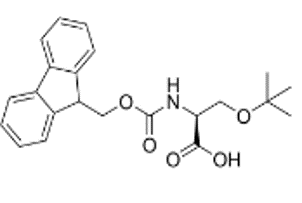Chamomile Oil(CAS#8015-92-7)
| Hazard Symbols | Xi – Irritant |
| Risk Codes | 38 – Irritating to the skin |
| Safety Description | S28 – After contact with skin, wash immediately with plenty of soap-suds. S36 – Wear suitable protective clothing. |
| UN IDs | UN 1993 3/PG 3 |
| WGK Germany | 2 |
| RTECS | FL7181000 |
| Toxicity | Both the acute oral LD50 value in rats and the acute dermal LD50 value in rabbits exceeded 5 g/kg (Moreno, 1973). |
Introduction
Chamomile oil is an essential oil extracted from the flowers of chamomile. It has many characteristic smells of herbaceous and floral aromas. The following is an introduction to the properties, uses, preparation methods and safety information of chamomile oil:Quality:- Color: Chamomile oil is pale blue or greenish-blue.- Smell: Aromatic, mild, generally considered to have a relaxing and calming effect.- Ingredients: Chamomile oil is rich in volatile components such as α-tert-amyl esters and horse alcohol, as well as other beneficial components such as terpenes and alcohols.Use:- Relaxation: With its scent and relaxing properties, chamomile oil is often used in massages and aromatherapy to help reduce stress and anxiety.- Hair care: Chamomile oil is used in hair color products to add brightness and depth to hair color.Preparation method:Chamomile oil is usually made by distillation or solvent extraction. The distillation method distilled chamomile flowers with water vapor and then collected the distilled oil. Solvent extraction involves mixing chamomile flowers with a suitable solvent and extracting the essential oil.Safety Information:- Chamomile oil should be stored in a cool, dry and cold place, away from direct sunlight.








